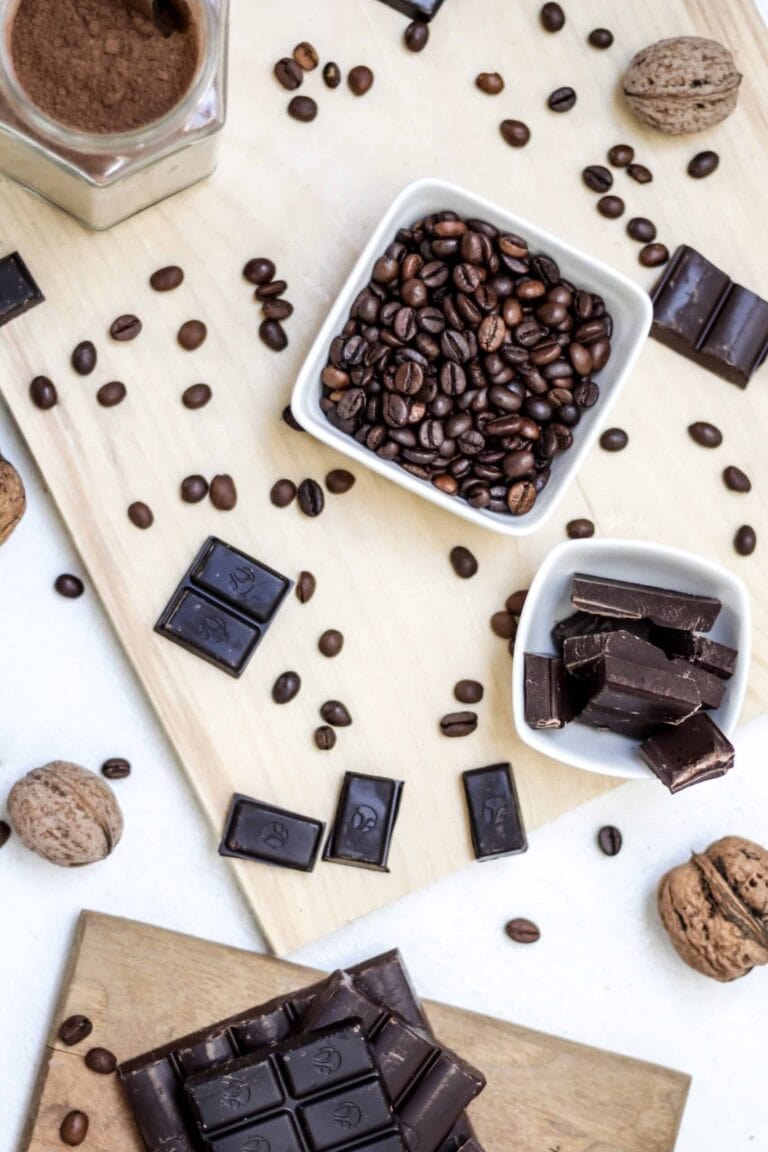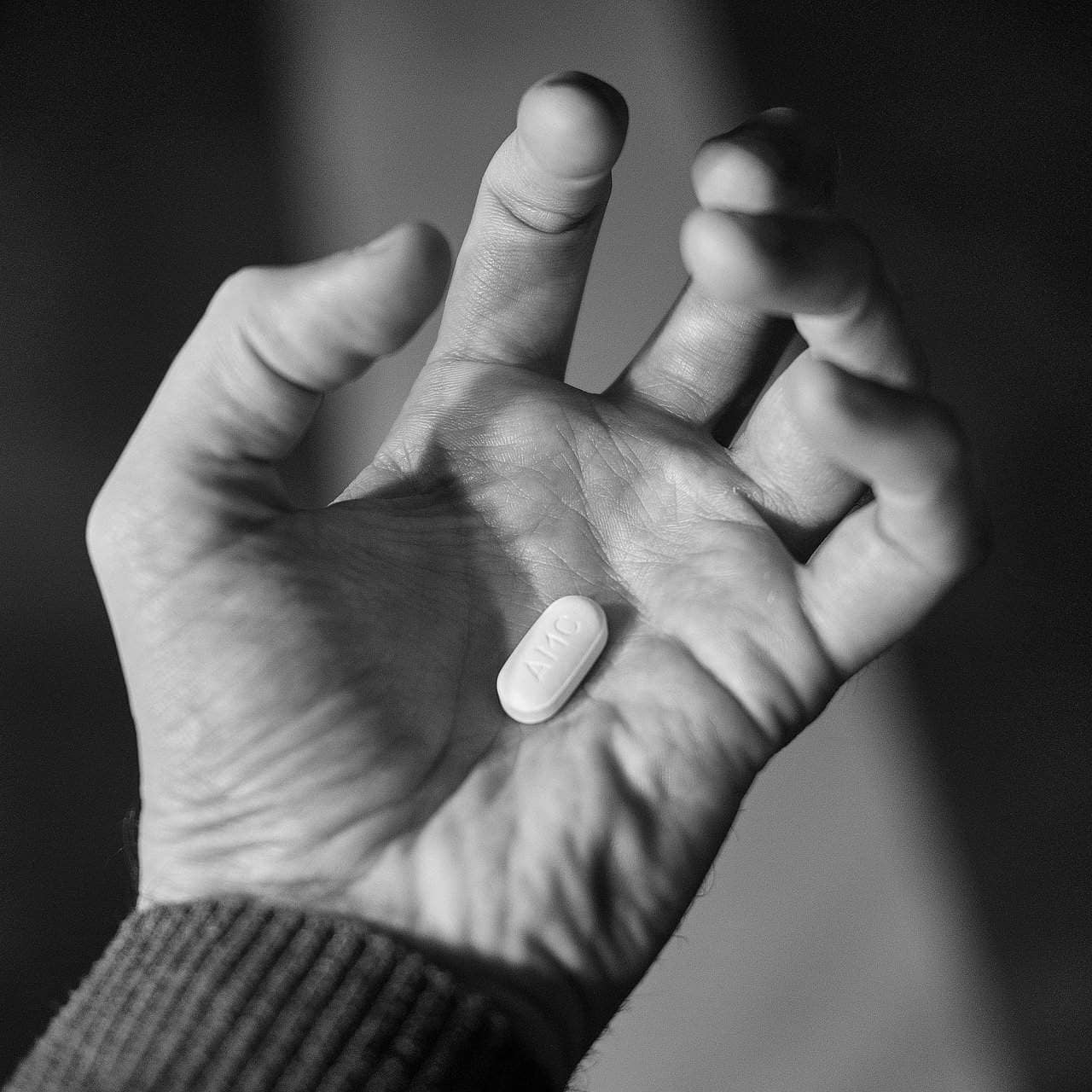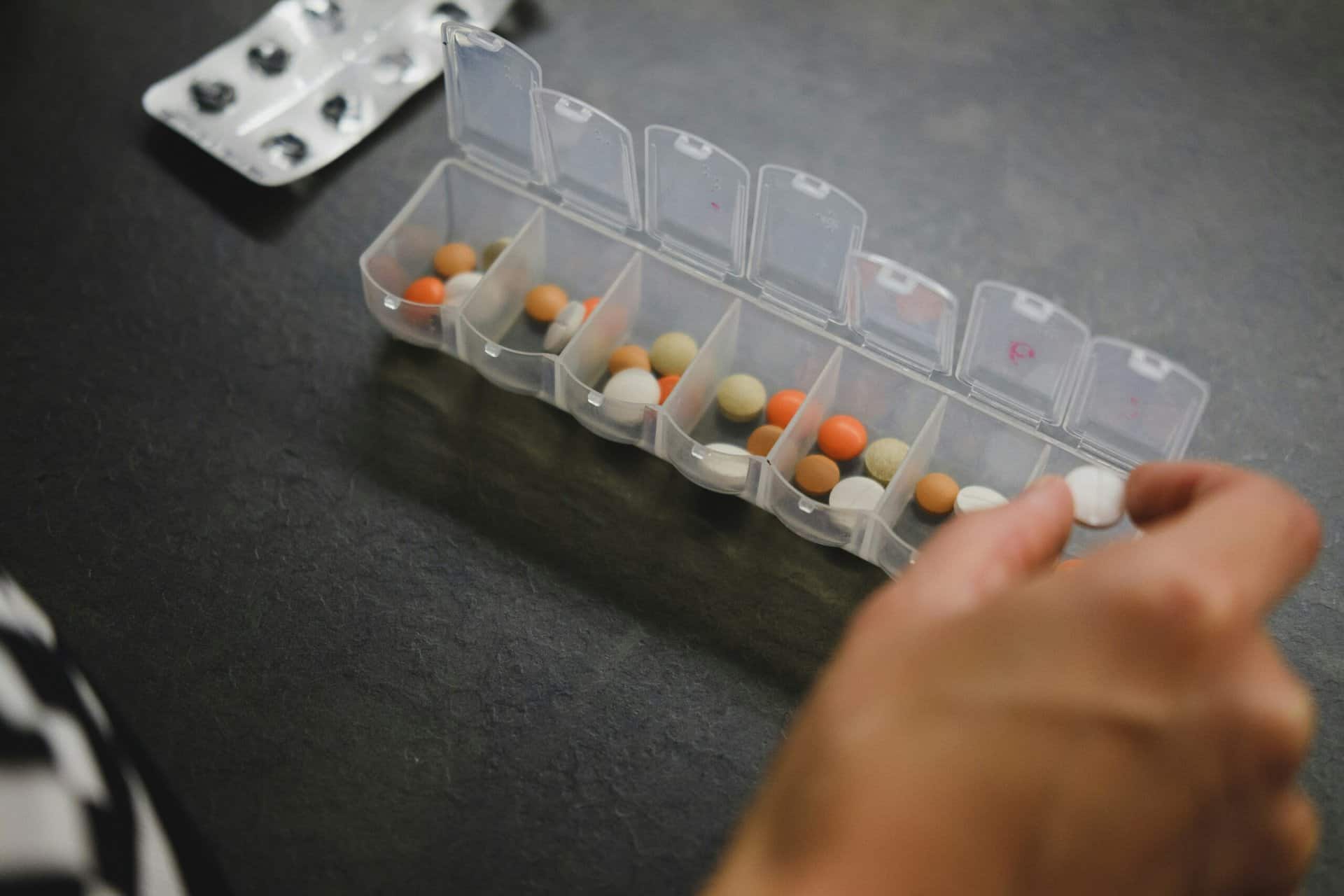OK, OK….I confess….I was really searching the internet for (and found) “The Healthiest Candy Bars, Ranked by Nutritionists”. I was preparing for a trip with a friend and wanted some “healthy” snacks, but I had just come from the grocery store after searching through rows and shelves of “healthy” snack bars — all of which made me yearn for a good old candy bar. And did I mention I love chocolate?
I hear you! The healthiest snack is to NOT eat a candy bar or even those touted as ‘healthy’. But this goes waaay back to my childhood days of my sister and I sneaking into my dad’s closet when the adults were gone and searching for his inevitable box of chocolate-covered cherries. He kept moving the hiding place on his messy shelves at the top – so maybe we were not as careful as we thought about how many we ate.
Yes, I come by that sweet tooth honestly, or genetically, I am sure — I like to think there is nothing I can do about it. Did I mention I love chocolate?
I loved the article’s author – here’s her quote: “There’s nothing wrong with occasionally enjoying a treat just because it’s sweet…” Then she quoted Meredith Price, founder of Priceless Nutrition & Wellness, saying she was a self-proclaimed chocoholic and absolutely believes there is room in a healthy diet for chocolate and other sweets.” These are MY people. Did I mention I love chocolate?
Price was one of the 3 nutritionists they asked to rank the nation’s most popular candy bars from healthiest to least healthy. Turns out, each came up with their own drastically different guidelines. And yet, where they concurred was where my ears perked up — and led me to blog on this subject.
However, before I go further, I must give you the sad truth — the article described the 3 nutritionists’ responses. “The lack of consensus among the three experts, who valiantly scraped to find redeeming nutritional qualities, indicates that there isn’t a truly healthy option here. But then you already knew that about candy bars.”
Reminds me of the book I used to keep on my desk in plain view because the title was in huge bold letters across the cover — “Yes, Lord, I Have Sinned: But I Have Several Excellent Excuses” (by James W. Moore). I’m still claiming chocoholicism is genetic.
So what caught my eye as I looked at the 3 nutritionists’ guidelines? Those with trans fats went to the bottom of the lists, a real red flag. While another paid a lot of attention to the position of sugar in the ingredients, she talked about dropping those with “unrecognizable ingredients” to the bottom of the list. The last one also mentioned ranking at the bottom those with saturated fat and trans fat.
Of course, sugar and calories were well-known entities to me and made sense when they were mentioned as negatives, but it was the trans fats and saturated fats that left me with the old “what are those things again?” question.
Turns out, we really need to know and pay attention.
Trans fats, or trans-fatty acids, are a form of unsaturated fat — and they are generally considered notoriously unhealthy. They come in both natural and artificial forms. Turns out that this is an important thing to consider – natural vs artificial.
The natural occur in some animal products and aren’t considered harmful. But artificial trans fats, which are hydrogenated vegetable oils, chemically altered to stay solid at room temperature and increase shelf life, are considered as having serious health consequences, according to Healthline – and backed up by a list of studies also mentioned in other articles.
They added that dairy and meat eaters needn’t be concerned as the conclusions have been that a moderate intake of these natural fats (which occur as the animals’ stomachs digest grass) do not appear harmful. In fact, some are even beneficial (like CLA which is found in dairy fat).
The trail of learning about trans fats led me to the articles and research on processed foods. While these authors agreed about considering “trans fat” to be the worst type of fat, they gave a hopeful statement that manufacturers are working to eliminate trans fat. Maybe the public is getting educated — which is what this author called us to do for ourselves. They also agreed with the “healthy candy bar” group that we should be cautious of foods high in saturated fat as well as trans fats.
Here’s what I learned: their call to educate ourselves was to become smart label-readers. And next to the trans fat or the more common word you see, hydrogenated vegetable oils, they hit the general topic of “processed foods”.
You have probably heard the buzz about the negative side of processed foods. I had, too. And they have been blamed for the national rise in obesity, high blood pressure and diabetes. But, like the trans fat issue, I wondered what exactly are processed foods, and are they really all that bad for you?
According to the Department of Agriculture, processed foods are any raw agricultural commodities that have been washed, cleaned, milled, cut, chopped, heated, pasteurized, blanched, cooked, canned, frozen, dried, dehydrated, mixed or packaged — anything done to alter their natural state. However, it also includes adding preservatives, flavors, nutrients and other food additives, or substances approved for use in food products, such as salt, sugars and fats.
Wait a minute, what is NOT on that list? I think they just outlined my whole diet there because I don’t just walk out the door and pick an apple off a tree or grind my own cacao bean from the tree next to it to turn it into my chocolate treat. Out of my league, for sure!
OK, here is the more sensible picture provided to us by the Academy of Nutrition and Dietetics — they rank processed foods from minimally to mostly processed, as shown below:
- minimally processed is like fresh blueberries, cut vegetables & roasted nuts – sort of the convenience level
- foods processed at their peak to lock in nutritional quality and freshness include canned tomatoes or tuna, and frozen fruit or vegetables (hurray – I love canned & frozen)
- Foods with ingredients added for flavor and texture, such as sweeteners, spices, oils, colors and preservatives, include jarred pasta sauce, salad dressing, yogurt and cake mixes (oh, darn…these are moving down to danger in the processed list level)
- Ready-to-eat foods, such as crackers, chips and deli meat, are more heavily processed. (now they are getting real personal)
- The most heavily processed foods often are frozen or premade meals, including frozen pizza and microwaveable dinners.
Let’s go back to that label-reading — for what are we looking? I did a recent blog on “It’s Organic – So What?” HERE — and since then I try to eat primarily organic foods and I look for that non-GMO label. You can review that blog to remind yourself of the “why”. I picture eliminating pesticides and chemicals from entering my digestive track.
After researching for this blog, I am looking in labels for the words “hydrogenated” or “partially hydrogenated” – if I see them, I will put it back on the shelf and step away.
Here was a statement I found that I will keep in mind when I want to skip reading the label — “About 40% of supermarket foods contain trans fats. According to the FDA, it’s in 95% of cookies, 80% of frozen breakfast foods, 75% of snacks and chips, 70% of cake mixes, and almost half of all cereals!”
Zowee! I am now searching the package (and not just the label) for the words “no hydrogenated oils”. Turns out, if the trans fat is below a certain amount, they don’t even have to list it on the label. So now I want to see the positive label that there is NONE.
In case you have not yet formed a repulsion for trans fat, let me add the “killer” piece I gleaned from the Atkins company — it describes why we don’t want even a smidgeon of trans fat (and we are talking the artificial kind):
Trans fats are soft fats that are made solid by a process — partial hydrogenization. Chemical solvents are used to get the food ready for hydrogenation. They use deodorizing agents and bleaches, beginning the destruction of any healthful properties in the oil (like canola oil).
A metal catalyst like nickel is then added to the oil, followed by hydrogen gas under high pressure and heat. This changes the molecular configuration of the once healthy vegetable oil, creating a substance that is plastic and thick and can hold a shape.
The process turns a perfectly good polyunsaturated oil – like soybean oil – into a perfectly bad one. Great for shelf life–but bad for your life.
I had to read that description twice to get a full picture of how chemically “processed” and changed hydrogenization makes the food (can we still call it food?) and this is now my picture of “trans fats”. Not a pretty picture. But it will stick with me as I read those labels.
I hope this educational process will serve you well — as I believe it has helped me get smarter about checking out the food I consume. And as I age, it is even more important, because it truly and cumulatively impacts my health.
AND YET — I am going to take Price’s advice after all this glum news, and go find my choice of “occasional sweet treat” — yes, it is chocolate — and I’ll enjoy it! Join me?
Food and dietary supplement products sold by Youngevity are intended to contribute to the daily diet and overall health and are not intended for use in the prevention, treatment, mitigation, or cure of any disease or health-related condition. Individuals who have or suspect they have an illness or who wish to commence a diet or exercise program should consult an appropriately licensed health care practitioner for a medical history evaluation, diagnosis, treatment, and health recommendations.



